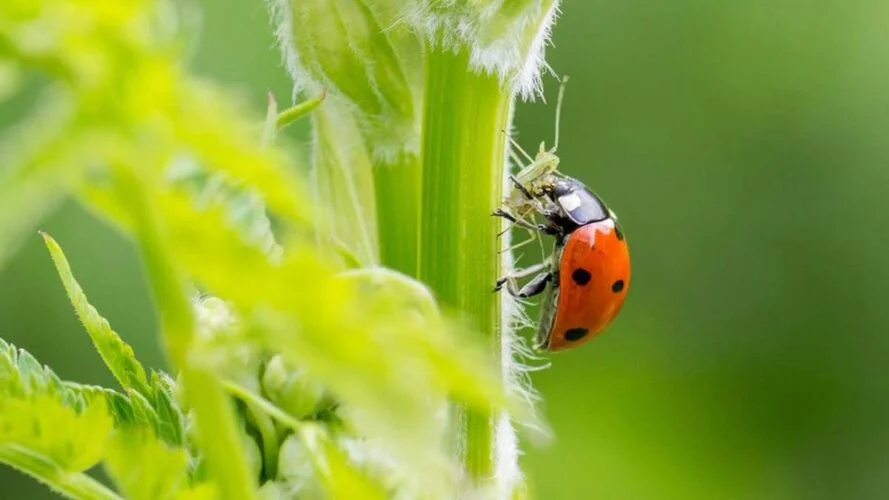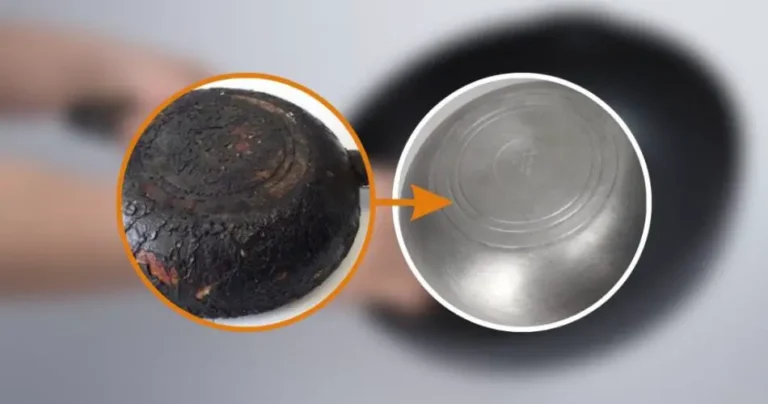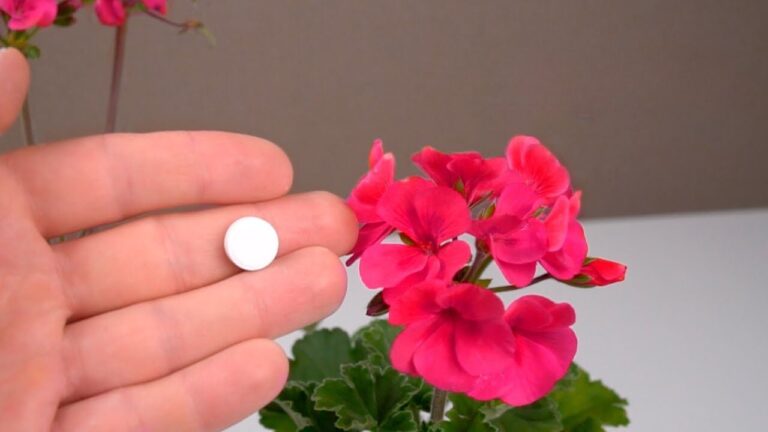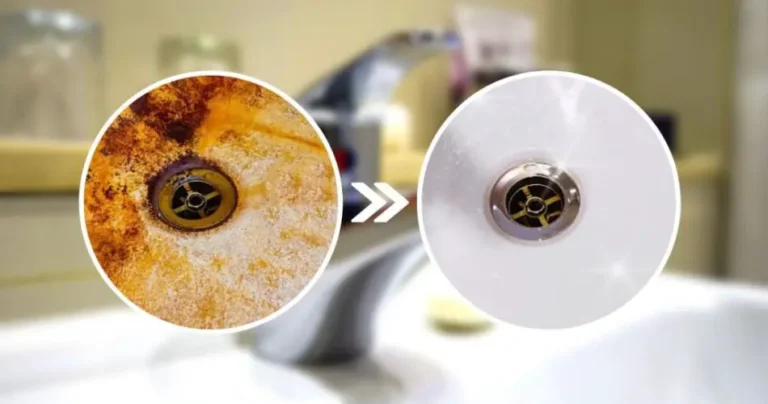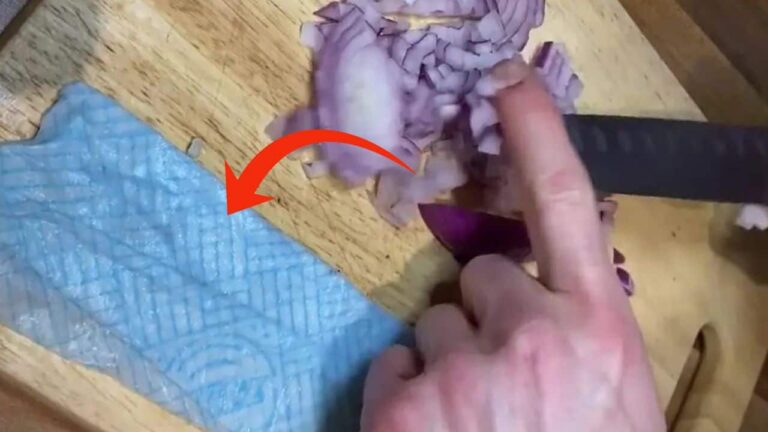3 precious tips to attract ladybugs to the garden naturally!
The ladybug is one of the small insects most appreciated by gardeners . In addition to its graceful appearance and attractive colors, the ladybug is an excellent predator that can neutralize pests and harmful insects in the vegetable garden and garden . In fact, this little beast can be transformed into a biological control tool to destroy aphids in the garden without using a drop of chemicals .
That’s why gardening enthusiasts love to see Coccinella septempunctata (seven-spotted ladybug) and Adalia bipunctata (two-spotted ladybug) in their gardens. But how do you invite them into your garden ? Here are some useful tips to help you lead them into your green spaces in a natural way.
Exclude the use of chemical insecticides or pesticides.
Ladybugs do not like chemical plant protection products that can kill them on the spot. If you use insecticides to neutralize harmful insects, you can also kill beneficial insects such as ladybugs . Fungicides and herbicides can also lead to their death. In addition to pesticides, do not use black soap in the garden to make ladybugs multiply. It’s a natural product, but they don’t like it.
Create a garden with abundant flora
If you want to make ladybugs proliferate in your garden, create an area with a variety of plants. These little creatures really appreciate natural corners where they feel comfortable. For this purpose, leave an area with nettle, borage, yarrow, chives, wormwood, anthemis and wild carrot, because this is the space preferred by ladybugs. They also love plants often affected by black aphids such as broad beans or nasturtiums. Roses, nettles, elderberries and fennel are also plants that attract aphids but remain prey for ladybugs.
If there are no aphids, it is sufficient to grow protein-rich plants such as fruit trees, dandelions or white manure. In short, biodiversity is the secret to attracting more ladybugs.
Making ladybug shelters
When temperatures start to drop, ladybugs look for better shelter to keep warm . If you want to give them a hand, leave ivy leaves in the garden, tree bark at the foot of the plants, piles of dead leaves or tufts of moss to shelter the ladybugs. You can also install an insect house in a corner away from wind and rain. This is a device on sale in garden centers .
